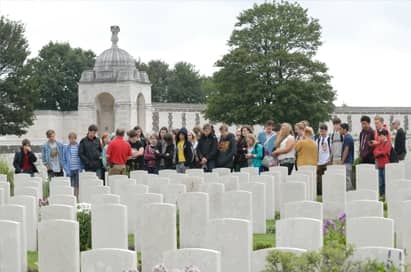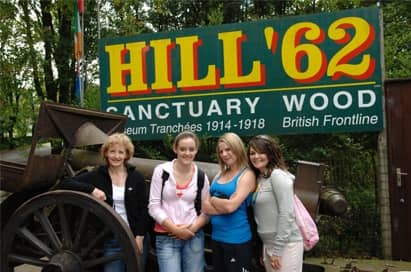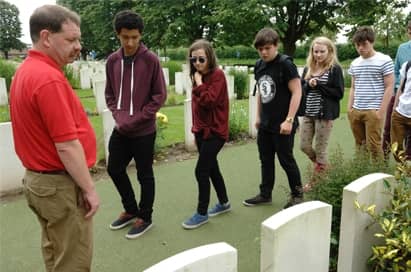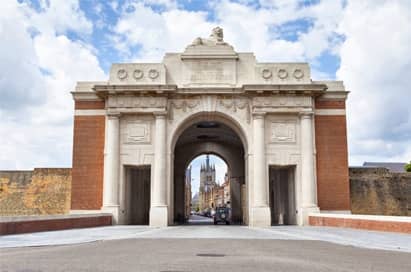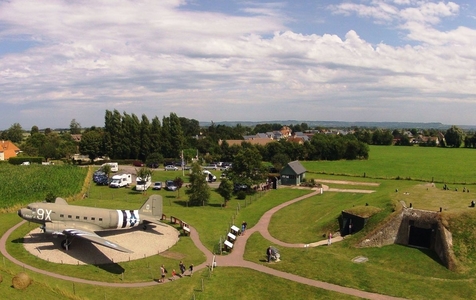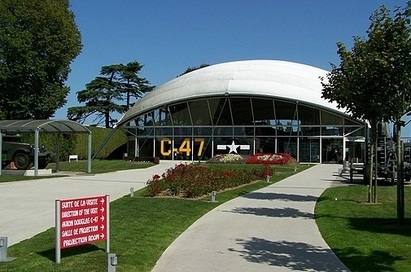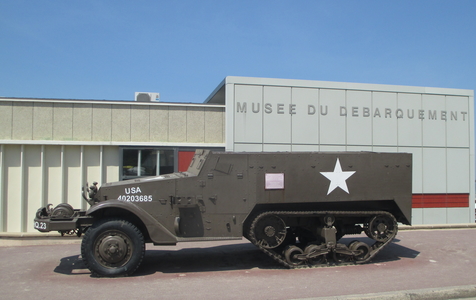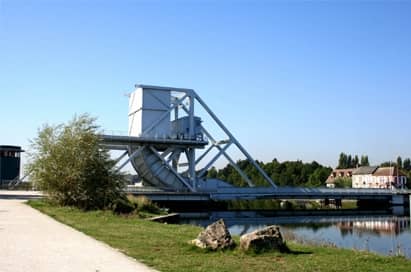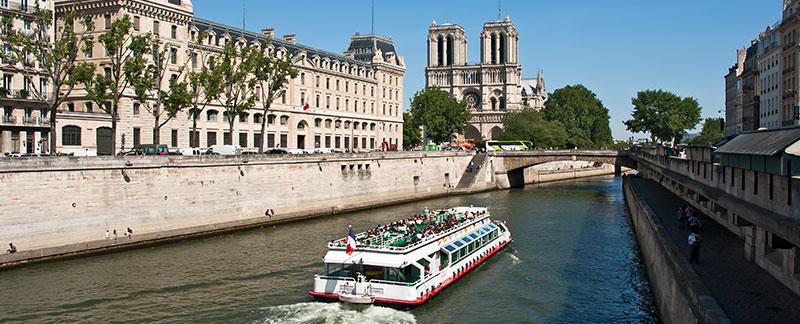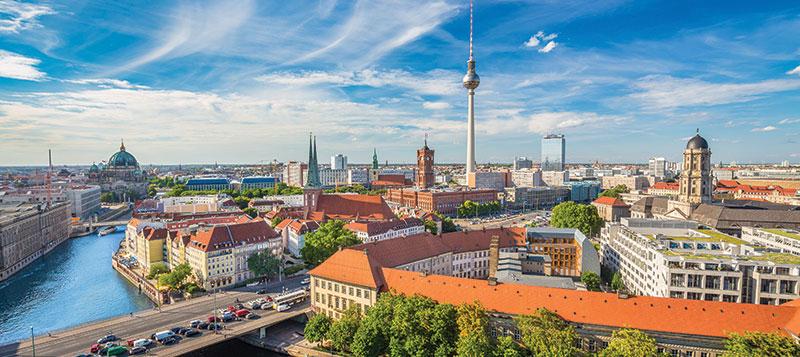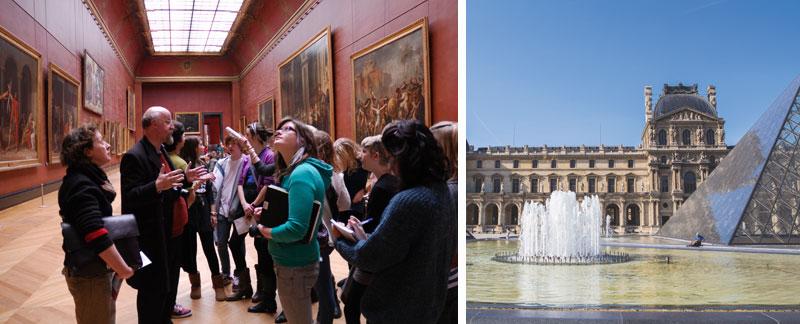Our Top 10 WWI and WWII Battlefields Visits for History School Trips
May Bank Holiday 2020 has been moved from usual Monday, to Friday 8th May to allow for 3-days of events to mark the 75th anniversary of ‘Victory in Europe Day’ (VE Day) which commemorates the Allies accepting the surrender of Germany in the Second World War. The Armed Forces charity states ‘The 75th anniversary will provide our nation, and our friends around the world, with an opportunity to reflect on the enormous sacrifice, courage and determination of people from all walks of life who saw us through this dark and terrifying period.’
We provide school trips to historical French sites of both WWI and WWII and have put together a list of our top 10 visits for your history school trip.
World War One Visits
The First World War was one of the bloodiest conflicts ever historically recorded and one of the largest wars in the world. The "Great War" as it was known was partly responsible for massive political changes that have stood strong to this day and the courage of the soldiers on the Battlefields of WWI is well documented. School trips to the WWI Battlefields will give your students a brilliant educational opportunity to really comprehend the events of 1914-1918 and will take your students to some of the world’s most famous battle grounds, memorials and cemeteries.
In Flanders Fields Museum
The museum does not set out to glorify war, but to suggest its futility, particularly as seen in the West Flanders front region in World War I. The exhibition has touching video projects, unique sound fragments and the most up-to-date multimedia applications to immerse your students in the life at the front. The exhibition is complimented with audio-visual material and students are able to follow the history of a soldier, civilian or nurse in the Salient through their interactive ‘poppy’ bracelet.
Tyne Cot Cemetery and Memorial to the Missing
This is the largest Commonwealth military cemetery in the world where 11,954 soldiers are buried and where the Tyne Cot Memorial to the Missing stone wall surrounds the cemetery listing nearly 35,000 names. The Cemetery is built on a ridge from which there is a good view over the Salient to Ypres in the distance; its position therefore explains why it was so hard to seize and the advantages of occupying it.
Sanctuary Wood Trench Museum
Besides a small museum, it contains an excellent example of first World War trenches complete with dugouts and communication trenches. The museum is owned by the family Schier who have preserved this small part of the front more or less intact since 1919. It is called Sanctuary Wood because in 1914 it was a quiet area where troops, cut off from their units, could be gathered together and eventually sent back to their correct battalions.
Essex Farm Cemetery
The cemetery, designed by Sir Reginald Blomfield, is where nearly 1,200 servicemen are buried or commemorated and is on the site of the British Front Line. Essex Farm was the site of a field hospital, where Canadian Army Medical Corps Lieutenant-Colonel John McCrae was stationed in May 1915 and wrote the poem ‘In Flanders Fields'. The poem led to the poppy becoming a symbol of First World War remembrance.
Menin Gate Memorial to the Fallen
The Last Post, the traditional final salute to the fallen, is played by the buglers in honour of the memory of the soldiers of the former British Empire and its allies, who died in the Ypres Salient during the First World War. It is the intention of the Last Post Association to maintain this daily act of homage in perpetuity. A very moving ceremony and often the highlight of a Battlefields tour.
World War Two Visits
The Great War was to be followed by the Second World War just two decades later and is undoubtedly the deadliest conflict in modern human history. However, the legacy WWII left on the world has benefited mankind like the development of air travel and mass production of certain medicines. Visits to the D-Day Landing Beaches of Normandy and many of the local museums and information centres help to increase awareness and knowledge of the period and will give your school trip to the World War II Battlefields great educational value.
Utah Beach Museum
Built on the beach where the first American troops landed on June 6, 1944, the Utah Beach Museum recounts the story of D-Day in 10 sequences, from the preparation of the landing, to the final outcome and success. This comprehensive chronological journey immerses visitors in the history of the landing through a rich collection of objects, vehicles, materials, and oral histories.
The Merville-Franceville Battery
This former coastal fortification was built as part of the Germans' Atlantic Wall to defend continental Europe from Allied invasion. The site is totally preserved and extends over several hectares, with an educational trail explaining the way the Battery worked, the role of each bunker and the dawn attack on the 6th June. The 300 sq. metres visitor area has a new hangar to house the famous Douglas C-47 which took part in the biggest airborne operations from June 6th to late 1945.
Airborne Museum
Opposite the church where John Steele was famously caught hanging from the bell tower, is the fitting location for the Airborne Museum; the largest museum in Europe dedicated to the American paratroopers of the 82nd and 101st Airborne Divisions who rained down on the area during the night of the 5 to 6th of June during the Normandy invasion in 1944. A visit to the museum’s immersive and hyper-realistic exhibitions will transport you aboard a glider and a C-47 aircraft with sound and light effects, a glider landing site, a field hospital and the church square during the German occupation.
Musée du Débarquement
At the seafront the Musée du Débarquement recounts the whole story by means of models, machinery and movies. Built on the very spot where the American troops landed on June 6, 1944 and exhibits include an authentic B26 bomber aircraft. A huge picture window runs the length of the museum staring straight out onto the harbour which was the largest port in the world for three months after D Day.
Pegasus Bridge Museum
Dedicated to the men of 6th Airborne Division the museum exhibits tell the story of the capture of the bridge over the Caen Canal which was vital to the success of the British airborne assault on D-Day. The original Bénouville Bridge, renamed Pegasus Bridge after the liberation, is on display in the park of the museum along with a Bailey bridge and a full-size copy of a wartime Horsa glider.
Inspired? This list is just a taster of the visits on offer, there are many more WWI and WWII sites to inform and bring classroom content to life for your students. Alternatively, take a look at all our History destinations.
Give us a call and start your journey with European Study Tours today.

Price Match Guarantee
We GUARANTEE to match any LIKE-FOR-LIKE quote from another tour operator so you can be confident you're getting the best value for money.
We are here to ensure you and your students get the most out of your tour and we are confident that our prices are competitive without compromising on quality. If you have obtained an alternative quote from another tour operator our team would be delighted to discuss this with you.


